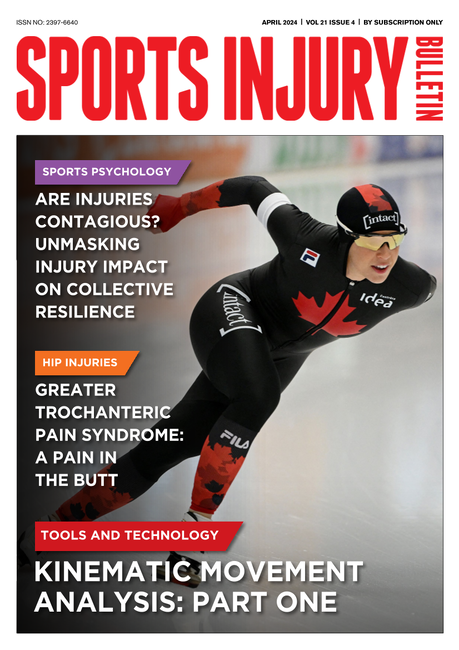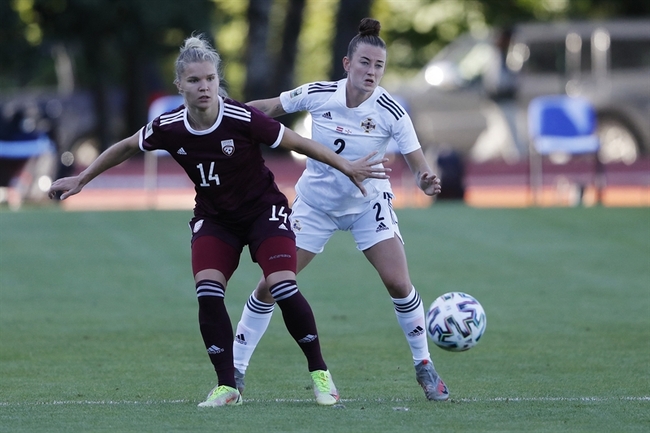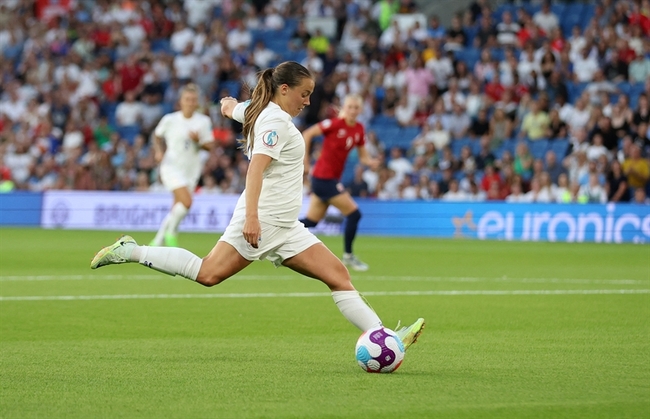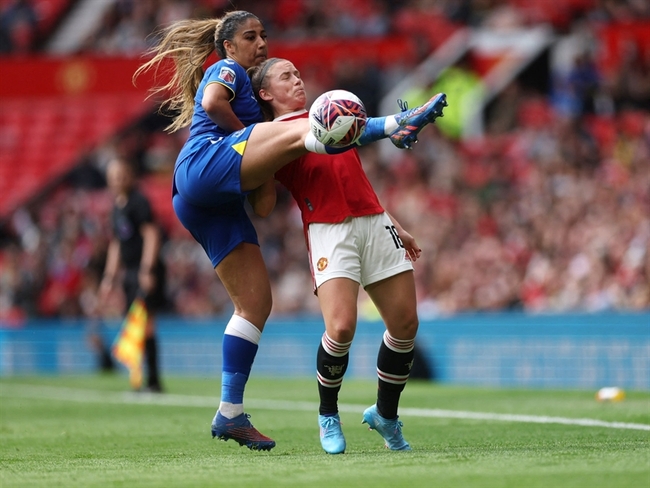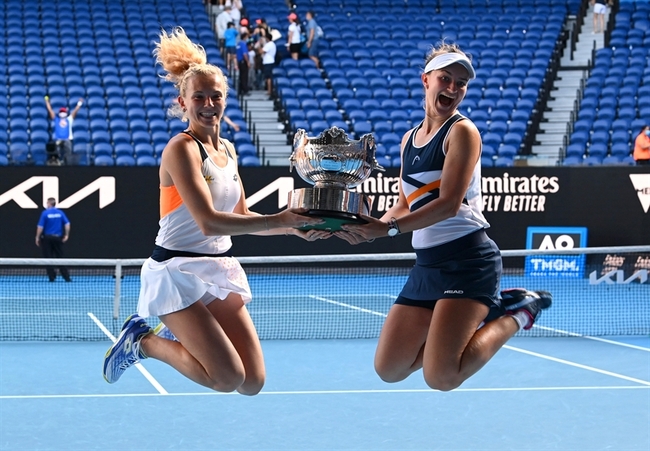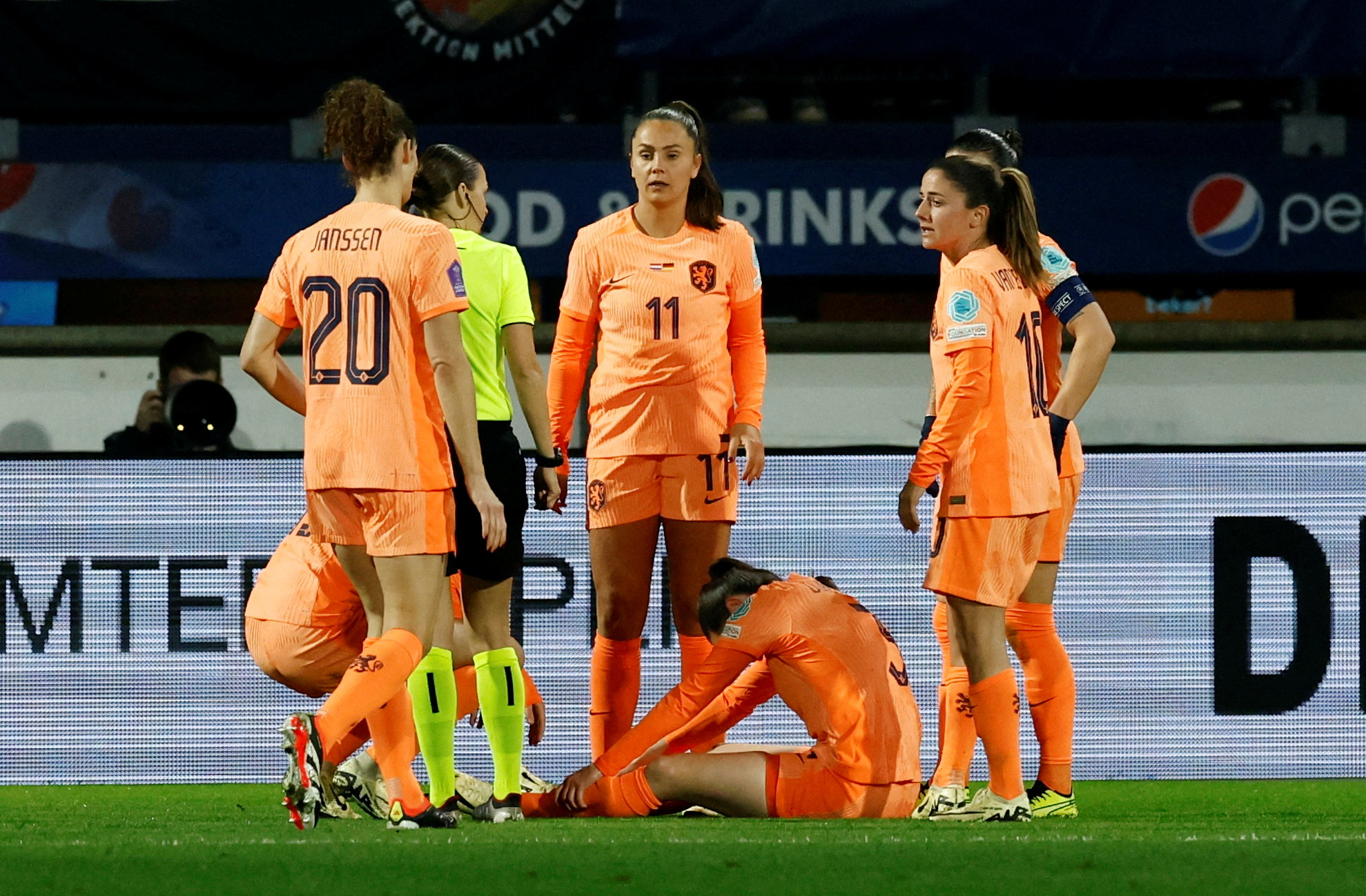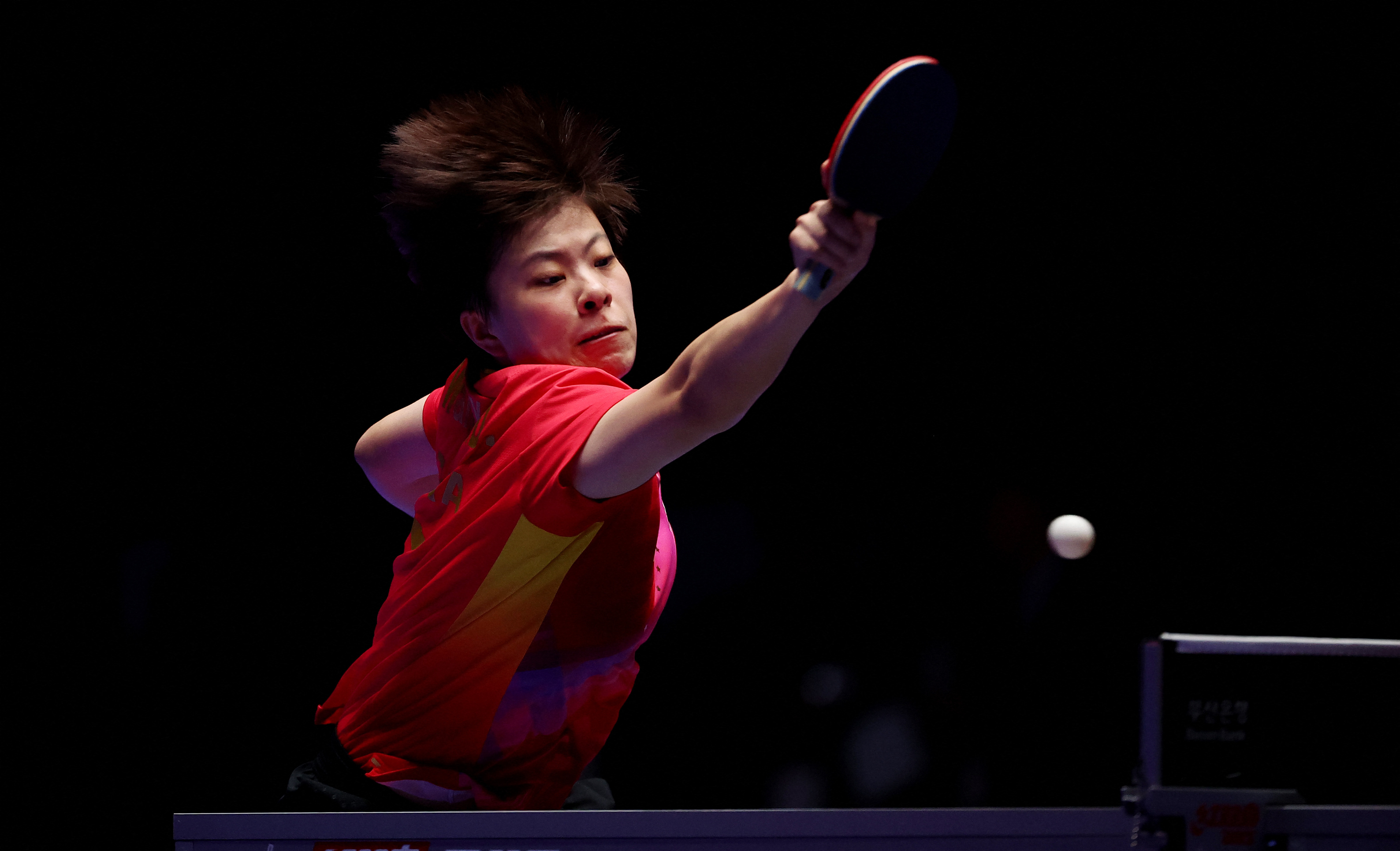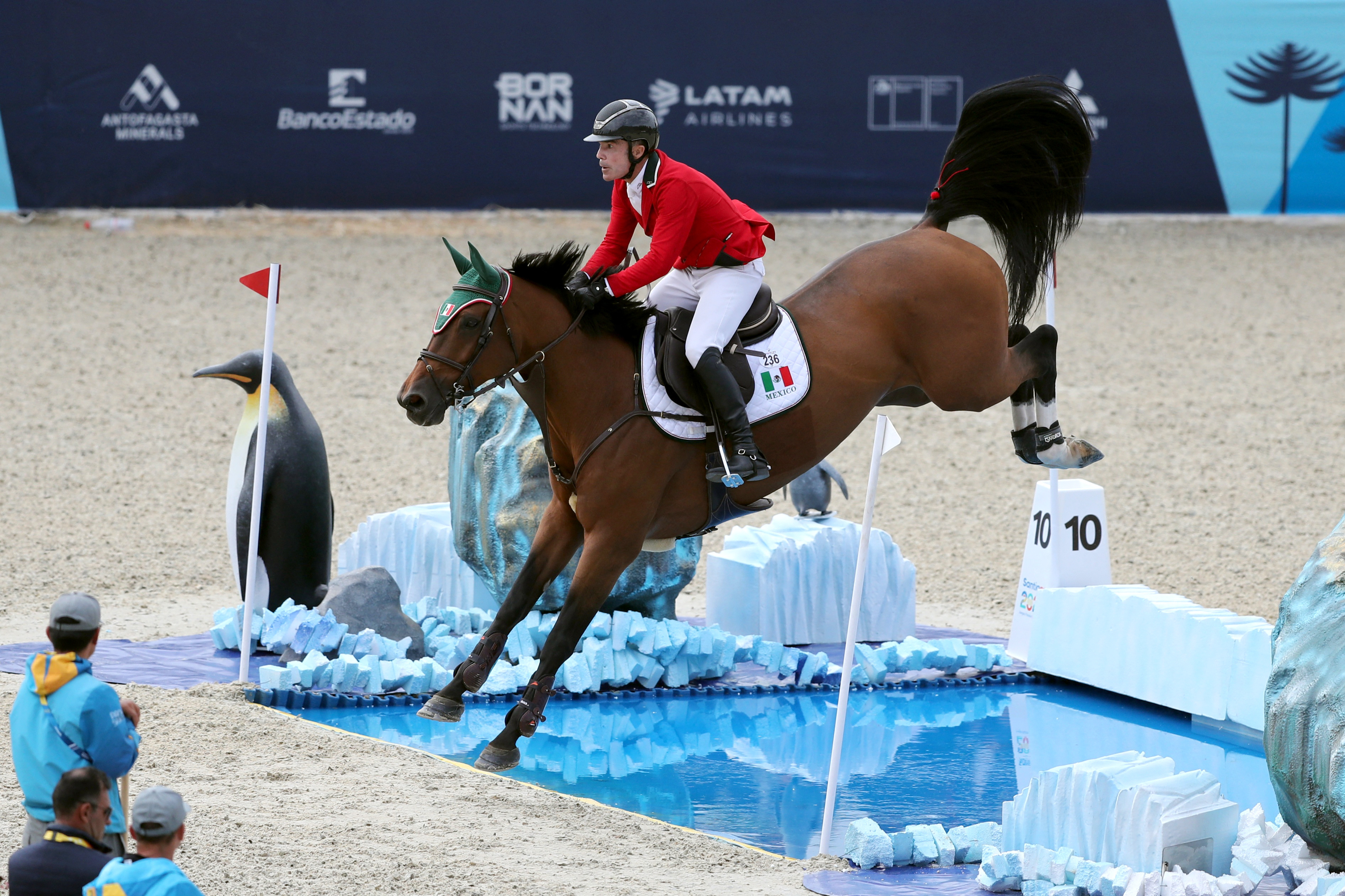The dangers of ignoring the psychosocial aspects of post-isolation return to sport

Negative life stress is predictive of a sports injury(1). The fact that the entire population has suffered from negative life stress of late means that even star athletes in tip-top shape could have a higher risk of injury. Addressing coping skills and sociocultural expectations as athletes return to training bolsters the protective aspects of these measures of wellbeing, meaning athletes are more likely to avoid injury.
Never have the psychological and sociological components of injury been more important than right now. As athletes return to training and ultimately (hopefully) sport after periods of lockdown, clinicians must be mindful of the biopsychosocial model of injury prevention as they guide athletes forward. From a physical standpoint, compliance with home-workout programs will vary among athletes. Therefore, their capacity for load may also vary.
Don’t think the entire team can pick up training where they left off. Rather, consider re-starting as usual after the off-season. Take the time to conduct fitness tests on all players to evaluate cardiovascular status as well as muscular strength. Skilled trainers must consider that starting an entire team at the same training level means that some will experience underloading and others overloading – both elements that increase the risk of injury(1).
Have compassion for athletes and honor their current status. Social and economic issues may play a part in whether or not they continued with training or spent the entire lock-down on the couch. Shaming them for that won't improve their condition. Evaluate, acknowledge, empathize, and plan for what type of training is needed to get them on par with the team.
Depending on their level of social isolation, athletes have experienced as much or more psychological stress as everyone else. For many, sporting activities serve as a source of confidence and identity, and also a coping mechanism for life’s usual stresses. Without exercise to bolster their psychological health, athletes may suffer from situational depression. Furthermore, they may experience elevated levels of anxiety about returning to sport after a prolonged period of detraining(1). Therefore, athletes returning to training may be more psychologically fragile and need more encouragement.
Psychological stress contributes to motivation and effort. Therefore, both choices and mood play a role in the incidence of injury(1). Over participation in return-to-sport training because an athlete feels inadequate is just as risky for the development of an injury as non-compliance with practice due to low feelings. Teams may consider administering the Athlete Psychological Strain Questionnaire to all returning athletes(2). This very brief survey assess the athlete’s self-regulation, attitudes about their performance, and external coping behaviors. The screening tool helps determine the level of psychological stress and informs clinicians as to when an athlete may need further professional help(3).
Because of the social and cultural aspects of sport participation, athletes may be reluctant to share feelings. Sports culture is rife with messages that athletes must be ‘tough’ and resilient(1). Professional athletes are seen as heroes, and amateur athletes often try to emulate their idols. Untrained coaches and league owners may even ask athletes to do things that risk their health and wellbeing, all in the name of winning(1). Thus, athletes may assume more load than they are ready for or under-report niggles and minor injuries.
Injury prevention is good business
At this time, serving athletes in your area spreads goodwill and promotes partnerships between all involved with their care. Here are three ways you can contribute to supporting athletes during their transition:- Team up with a local sports psychologist to offer a stress management program for athletes as they return to training. Participation in this type of program correlates with a reduced incidence of sports injury(1).
- Develop a presentation for coaches on the basic principles of counseling and empathetic listening. The coaching staff must establish a team culture that is accepting and supportive. Athletes may resist reporting minor injuries or turning down training opportunities that are beyond their ability without the reassurance that doing so won’t impact their position or regard.
- Offer some icebreaker strategies to bolster camaraderie amongst teammates. One would not think that ‘team-building’ activities were necessary for a sports team, but players may have been out of touch for a while. Building a stronger social network among teammates helps boost psychological wellbeing.
Sports injury is more than the result of an isolated physical event. The causes of sports injuries are complex, meaning the response to prevention and rehabilitation must be as intricate. Therefore, sports professionals must take a biopsychosocial approach to the avoidance and management of sports injury. While addressing the psychological and sociological aspects of sport may seem like a task better left to other professionals, physical therapists are in a unique position to partner with local teams and individual athletes.
Educating coaches, parents, and support staff about the psychosocial components of sports injury takes time and effort. Though there’s no reimbursement for this type of programming, the investment may keep athletes safer as they return to sport and will keep your practice at the forefront of their mind when an injury does occur. For more on supporting athlete's mental health during the pandemic, see this recent article.
Reference
- Scand J Med Sci Sports. 2010;20(Suppl. 2):103-111
- International Journal of Sport and Exercise Psychology, 2019;DOI: 10.1080/1612197X.2019.1611900
- BMJ Open Sport & Exercise Medicine 2020;6:e000712. doi:10.1136/ bmjsem-2019-000712
You need to be logged in to continue reading.
Please register for limited access or take a 30-day risk-free trial of Sports Injury Bulletin to experience the full benefits of a subscription. TAKE A RISK-FREE TRIAL
TAKE A RISK-FREE TRIAL
Newsletter Sign Up
Subscriber Testimonials
Dr. Alexandra Fandetti-Robin, Back & Body Chiropractic
Elspeth Cowell MSCh DpodM SRCh HCPC reg
William Hunter, Nuffield Health
Newsletter Sign Up
Coaches Testimonials
Dr. Alexandra Fandetti-Robin, Back & Body Chiropractic
Elspeth Cowell MSCh DpodM SRCh HCPC reg
William Hunter, Nuffield Health
Be at the leading edge of sports injury management
Our international team of qualified experts (see above) spend hours poring over scores of technical journals and medical papers that even the most interested professionals don't have time to read.
For 17 years, we've helped hard-working physiotherapists and sports professionals like you, overwhelmed by the vast amount of new research, bring science to their treatment. Sports Injury Bulletin is the ideal resource for practitioners too busy to cull through all the monthly journals to find meaningful and applicable studies.
*includes 3 coaching manuals
Get Inspired
All the latest techniques and approaches
Sports Injury Bulletin brings together a worldwide panel of experts – including physiotherapists, doctors, researchers and sports scientists. Together we deliver everything you need to help your clients avoid – or recover as quickly as possible from – injuries.
We strip away the scientific jargon and deliver you easy-to-follow training exercises, nutrition tips, psychological strategies and recovery programmes and exercises in plain English.


